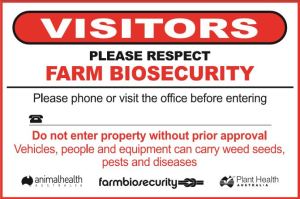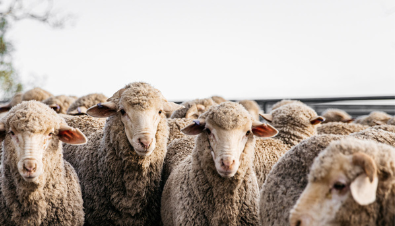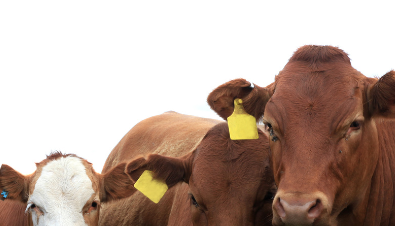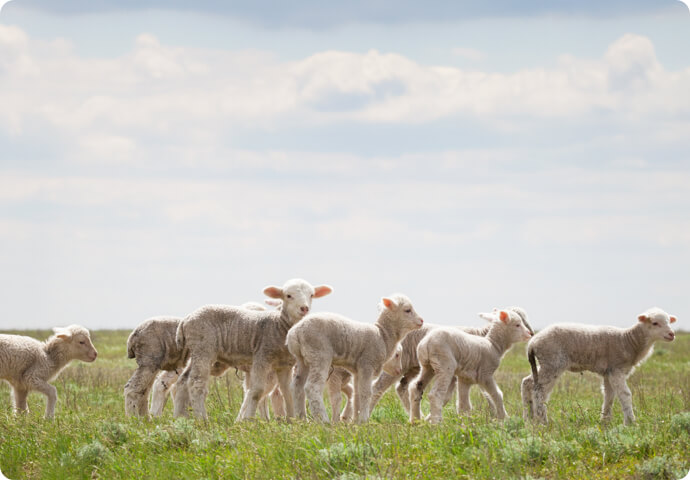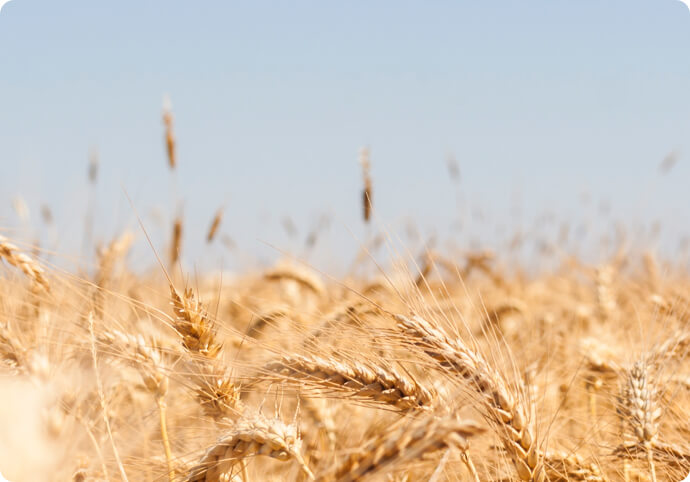Visitor records and risk assessments
Anyone working on or visiting a property (including family members working on the property) may not know how easily diseases, pests and weeds can spread and how to prevent this happening.
Visitor registers
Visitor register version 1
Includes fields for date, name of visitor, company, signature, contact number, risk assessment, and times in & out. See also visitor/staff risk assessment records below.
Visitor register version 2
Includes fields for date, name of visitor, company, signature, vehicle registration, contact number, risk assessment (L, M or H), who they were visiting, and times in & out. See also visitor/staff risk assessment records below.
Visitor register version 3
Includes fields for date, name of visitor, company, signature, contact number, risk assessment (L, M or H), address of last property visited, and times in & out. See also visitor/staff risk assessment records below.
Visitor register version 4
Includes fields for date, name of visitor, company, signature, contact number, risk assessment (L, M or H), last date of contact with livestock and type, and times in & out. See also visitor/staff risk assessment records below.
Visitor/staff risk assessment
Visitor/staff risk assessment version 1
For use on feedlots. Includes fields to record activities of visitor/staff (eg other farms visited, ownership of other livestock, foreign travel) and risk mitigating actions (eg protective clothing, equipment use, contact with animals on site, biosecurity knowledge).
Visitor/staff risk assessment version 4
Includes yes/no answers to questions about visitor/staff travel, visits to farms or abattoirs, and contact of vehicle or equipment with livestock. Also includes fields for name, company, contact number, signature, date, who they were visiting, and time in & out.
Visitor/staff risk assessment
Defines low (L), medium (M) and high (H) risk visitors/staff, ways in which to decrease the risk and comments. Includes fields for date, name, occupation, reason for visit, contact number, and time in & out.
Visitor/staff risk assessment – explanation
Explains how to assess visitors and staff as low, medium or high risk depending on activities of the visitor/staff member.

